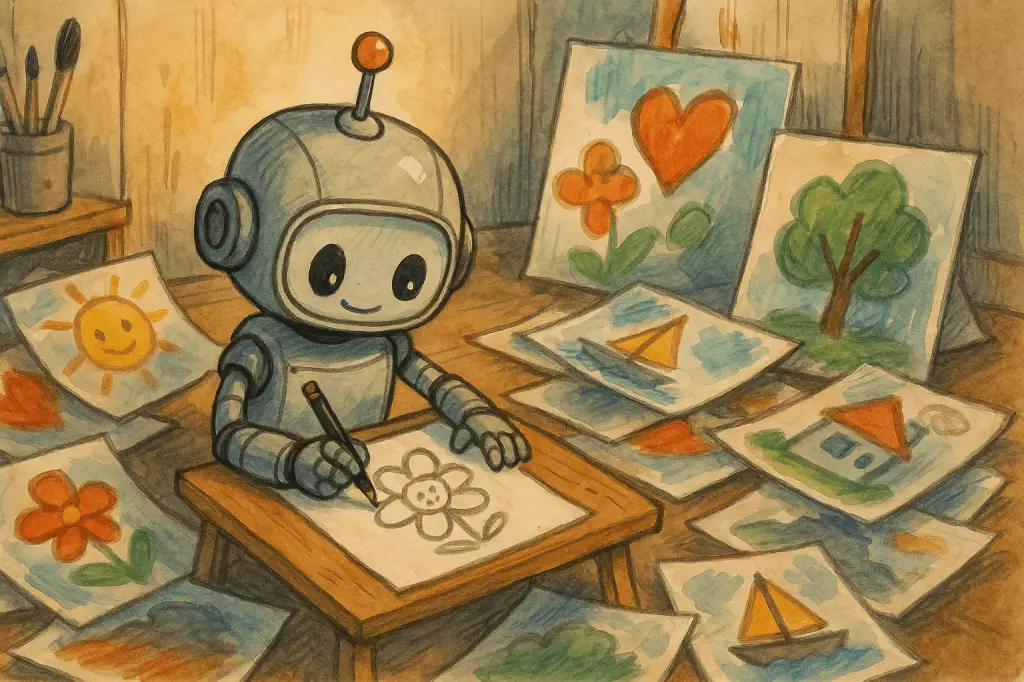Artificial intelligence has become a cornerstone of modern innovation, dramatically reshaping industries from marketing to entertainment. Among the leaders of this digital revolution is OpenAI, whose powerful machine learning models have wowed audiences and businesses alike. With the recent announcement of its gpt-image-1 model, OpenAI has unlocked new opportunities for organizations to integrate high-quality, Studio Ghibli-inspired images directly into their platforms. This feature has the potential not only to elevate marketing campaigns but also to redefine creative possibilities in everyday business practices.
The integration of image generation through AI expands the ways that brands can engage with their customers. Imagine a local coffee shop using custom images of whimsical, Ghibli-inspired creatures frolicking amidst steaming mugs of coffee to promote a new seasonal flavor. The imaginative possibilities are endless. However, OpenAI’s foray into the realm of artistic imagery comes with its own set of challenges and considerations that businesses must navigate.
The Cost of Creativity
While incredible in its capabilities, the pricing structure for the gpt-image-1 model raises eyebrows. OpenAI has divided its pricing into separate parameters for text and image generation: $5 per million tokens for text prompts, $10 for image input, and a staggering $40 for generated images. Compared to competitors like Stability AI, which utilizes a credit-based pricing model making costs more manageable, or Google with its more straightforward charge of $0.03 per image generated through the Gemini API, OpenAI’s pricing may deter smaller businesses or indie developers from tapping into this powerful tool.
This choice could inadvertently create a divide between well-financed enterprises that can leverage state-of-the-art imagery and smaller companies that cannot justify the costs. It’s an irony that strikes hard when one considers that AI was once heralded as a democratizing force in creative industries. Nonetheless, for businesses ready to invest in high-quality image generation, the benefits of exclusivity and distinctiveness might outweigh the costs, especially amidst growing competition in various sectors.
Popularity and Public Backlash
The fascination with ChatGPT and its image generation capabilities surged, especially with aesthetically reminiscent visuals inspired by Studio Ghibli. OpenAI reported that within just a week, over 130 million users accessed the image generation feature, amassing a staggering 700 million images. However, such overwhelming popularity has its downsides. Frustratingly, the social media landscape became inundated with similar imagery, leading to a veritable Ghibli-charged visual fatigue that made scrolling through feeds a monochrome experience.
Sam Altman, the CEO of OpenAI, humorously illustrated the strain on the company’s infrastructure by claiming their GPUs were “melting,” revealing the paradox of rapid adoption: while the tool serves the users, it also leads to saturation. This dichotomy must be acknowledged, as it highlights the tension between creativity and innovation and the very systems intended to support them.
Enterprise Utilization and Future Collaboration
Yet, for all the potential pitfalls, OpenAI’s new model also offers unparalleled advantages for enterprises. Major brands like Canva and GoDaddy are already exploring ways to incorporate gpt-image-1 into their ecosystem, allowing users to create professional images for various applications without leaving their platforms. This integration into commonly used tools could streamline creative workflows, offering marketers and designers unprecedented ease in producing premium images tailored to their specific tastes.
Airtable, too, has jumped on the bandwagon, utilizing the API to facilitate the management of asset workflows at scale, further hinting at an evolving landscape where dynamic, customized content is just a prompt away. Moreover, the built-in metadata labeling—certifying content as AI-generated—opens up discourse regarding content authenticity and ownership, crucial conversations in an era where misinformation and intellectual property concerns are rampant.
To sum it up, while OpenAI’s gpt-image-1 model presents an exciting frontier for businesses looking to enrich their narrative with artistic images, it also challenges us to consider the implications of widespread AI adoption. The future holds immense potential, but it also necessitates a critical examination of how these technologies shape creativity, accessibility, and the very nature of art itself.


Leave a Reply